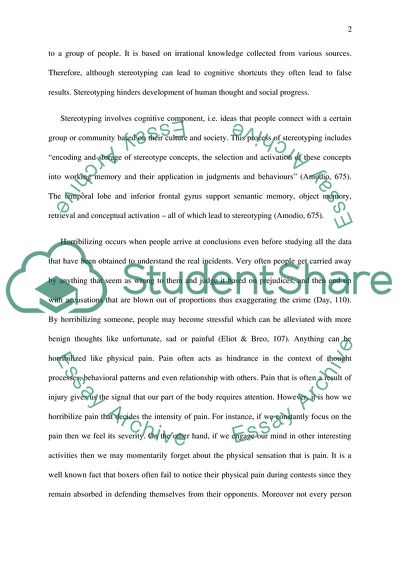Cite this document
(“Paper about self deception Essay Example | Topics and Well Written Essays - 2000 words”, n.d.)
Retrieved from https://studentshare.org/social-science/1693722-paper-about-self-deception
Retrieved from https://studentshare.org/social-science/1693722-paper-about-self-deception
(Paper about Self Deception Essay Example | Topics and Well Written Essays - 2000 Words)
https://studentshare.org/social-science/1693722-paper-about-self-deception.
https://studentshare.org/social-science/1693722-paper-about-self-deception.
“Paper about Self Deception Essay Example | Topics and Well Written Essays - 2000 Words”, n.d. https://studentshare.org/social-science/1693722-paper-about-self-deception.


